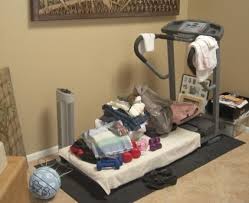Can we get any sillier than this?

“Hostess Brands, known for fare like Twinkies and Ding Dongs, is making a successful foray into more upscale treats. The company posted surprisingly strong earnings on Thursday, along with an upbeat forecast, sending shares on their biggest rally ever. The snack maker credited the rollout of the Hostess Bakery Petites line, which has no artificial flavors or high-fructose corn syrup, for boosting the growth. The latest results helped solidify a turnaround for an iconic American business” Daniel Acker, Bloomberg, 3/1/18.
“Chicago – With more than 86 million Americans living with prediabetes and nearly 90 percent of them unaware of it, the American Medical Association (AMA) and the Centers for Disease Control and Prevention (CDC) are set to make a major announcement this week about their new joint effort aimed at preventing type 2 diabetes. Type 2 diabetes is one of our nation’s leading causes of suffering and death—with one out of three people at risk of developing the disease in their lifetime.” Press Release, Centers for Disease Control and Prevention, 3/11/2015
The Bloomberg article was headlined: “Twinkie Maker’s Push Into More Upscale Snacks Helps Fuel Rally.”
The CDC press release was headlined “AMA, CDC to Announce Urgent National Initiative to Prevent Type 2 Diabetes.”
Isn’t America great?
I could hardly contain my excitement when I read the Bloomberg headline – a rejoicing about the evolving resurrection of one of America’s iconic “sugar factories” from a 2012 bankruptcy. What could be better than the re-emergence of a company that does a nice job of undermining our collective health, move upscale with that process and line the pockets of a small handful of private equity firms?
It’s just so thrilling – and American – isn’t it?
I love the part about “Hostess Bakery Petites line, which has no artificial flavors or high-fructose corn syrup. “ OK, we’re safe folks. No threat – got those ugly monsters out of this new treat.
This is food-industry marketing at its best. Make a big deal about eliminating the top-of-mind evil demon, HFCS, knowing that consumers won’t bother to read the label to find out that the top three ingredients in the product are still sugar.
Let’s take a look at what IS there instead of what isn’t there. Here are the actual ingredients in this new company-saving sugar treat. This is extracted from the Walmart advertising for this new treat. (I tried to count the actual number of ingredients but got lost. Maybe you can come up with a count.)
Hostess New Bakery Petites Double Chocolate Cake Delights. A Decadent small batch treats made with the finest ingredients with real chocolate, no artificial colors or flavors. Each mouth-watering mini cake is baked with care so you can savor each delicious bite Hostess Bakery Petites Double Chocolate Cake Delights, 7.9 oz
Ingredients: CONFECTIONERY COATING (SUGAR, PALM KERNEL OIL AND PALM OIL, COCOA POWDER, WHEY POWDER, SOY LECITHIN, NATURAL FLAVORS), WATER, SUGAR, BLEACHED ENRICHED WHEAT FLOUR [WHEAT FLOUR, NIACIN, FERROUS SULFATE (IRON), THIAMIN MONONITRATE, RIBOFLAVIN, FOLIC ACID], CORN SYRUP, COCOA, SHORTENING (PALM OIL, MONO & DIGLYCERIDES, POLYSORBATE 60), SPRINKLES (SUGAR, CORN STARCH AND CARNAUBA WAX), PALM OIL, CONTAINS 2% OR LESS: GLYCERIN, SOY LECITHIN, SOYBEAN OIL, COCOA (PROCESSED WITH ALKALI) WHEY, BAKING SODA, CORN SYRUP SOLIDS, MODIFIED CORN STARCH, MONOGLYCERIDES, POLYSORBATE 60, SODIUM STEAROYL LACTYLATE, PRESERVATIVES (PHOSPHORIC ACID, SODIUM PROPIONATE), SALT, DEXTROSE, WHEY PROTEIN CONCENTRATE, SOY PROTEIN ISOLATE, SORBIC ACID AND POTASSIUM SORBATE (TO RETAIN FRESHNESS), XANTHAN GUM, SODIUM ACID PYROPHOSPHATE, MONO AND DIGLYCERIDES, SODIUM STEARATE, CELLULOSE GUM, NATURAL FLAVOR, MONOCALCIUM PHOSPHATE, CALCIUM SULFATE, WHEAT GLUTEN, AMMONIUM SULFATE, ASCORBIC ACID, CHOCOLATE LIQUOR. From Walmart product listing
As I chuckled over the thick irony of these two announcements, my thoughts went to Michael Pollan’s wonderful book “Food Rules, An Eater’s Manual”. Pollan’s compilation of 83 rules for proper eating is a masterfully written and illustrated two-hour read worth its weight in good health.
I thought it appropriate to invoke a handful of his rules here in hopes that someone would forward this to the execs at Hostess Brands and add to what already has to be a difficulty in sleeping.
Food Rules to the rescue
Food rule #2: Don’t eat anything your great-grandmother wouldn’t recognize as food.
Food rule #3: Avoid food products containing ingredients that no ordinary human would keep in the pantry.
Food rule #6: Avoid food products that contain more than five ingredients.
Food rule #7: Avoid food products containing ingredients that a third-grader cannot pronounce.
Food rule #14: Eat only foods that will eventually rot. (NOTE: It’s important to point out that the rumor that Twinkies have a shelf-life of 50-100 years has been exposed as untrue. Their shelf life, however, has been recently extended from its original 26 days to 45 days. There, now don’t you feel better about its nutritional quality?)
Food rule #19: Eat only foods that have been cooked by humans. (as opposed to corporations)
Food rule #20: Don’t ingest foods made in places where everyone is required to wear a surgical cap.
Food rule #21: If it came from a plant, eat it; if it was made in a plant, don’t (NOTE: Hostess estimates that it uses 8 million pounds of sugar, seven million pounds of refined flour and one million eggs to produce 500 million Twinkies each year.)
Food companies like Hostess Brands are in a tough position. Stockholders, debtors and 18,500 employees to keep whole, while turning out products that are on the wrong end of the social consciousness scale and contributing to an emerging global health crisis.
But that’s not likely to change. That’s why it’s incumbent on us to be knowledgeable and take control of our own health, know how our biology works and pay attention to what we are eating.
Pollan’s book is a good starting point



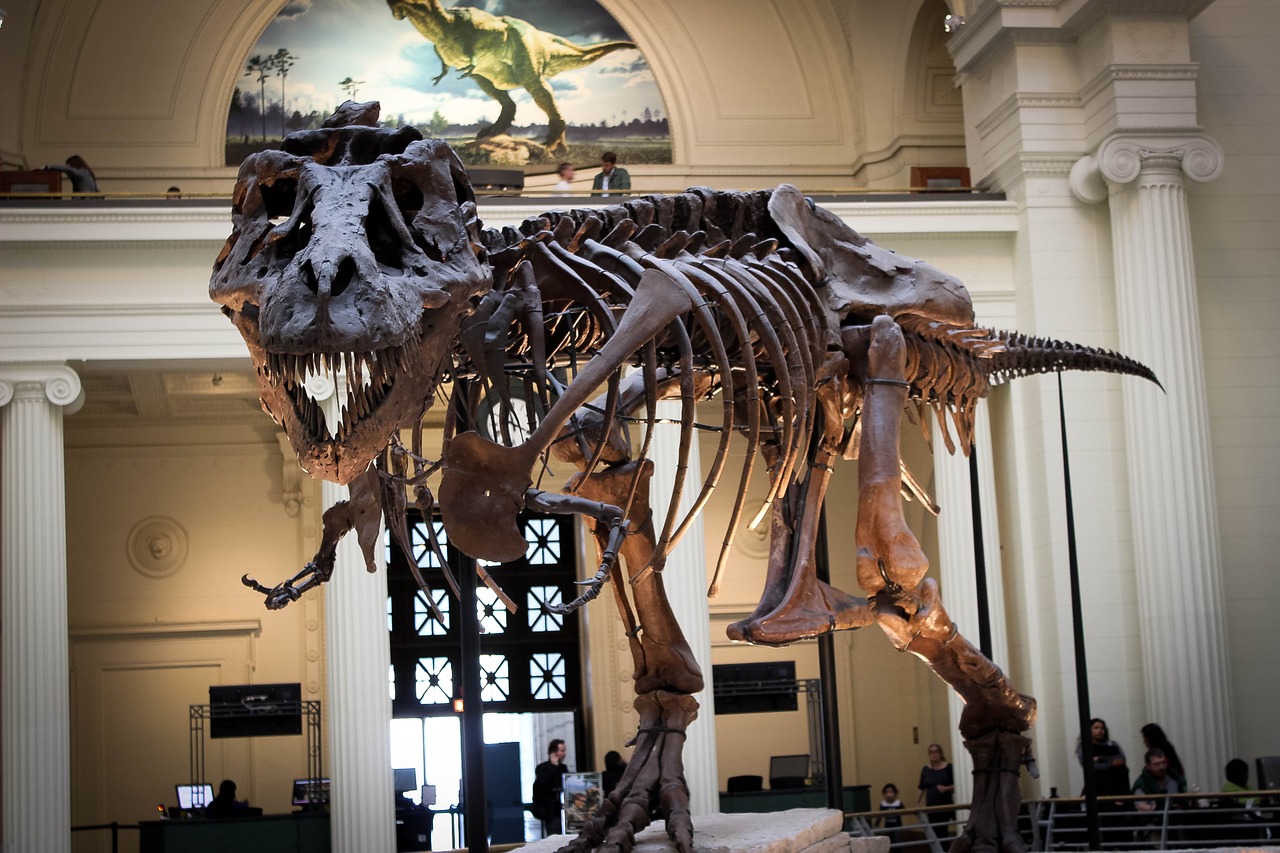
 If your only resume is on a floppy disk and the most complicated thing you’ve read in the last 10 years is Sports Illustrated – ah, forget it. You wouldn’t be reading this blog anyway.
If your only resume is on a floppy disk and the most complicated thing you’ve read in the last 10 years is Sports Illustrated – ah, forget it. You wouldn’t be reading this blog anyway.

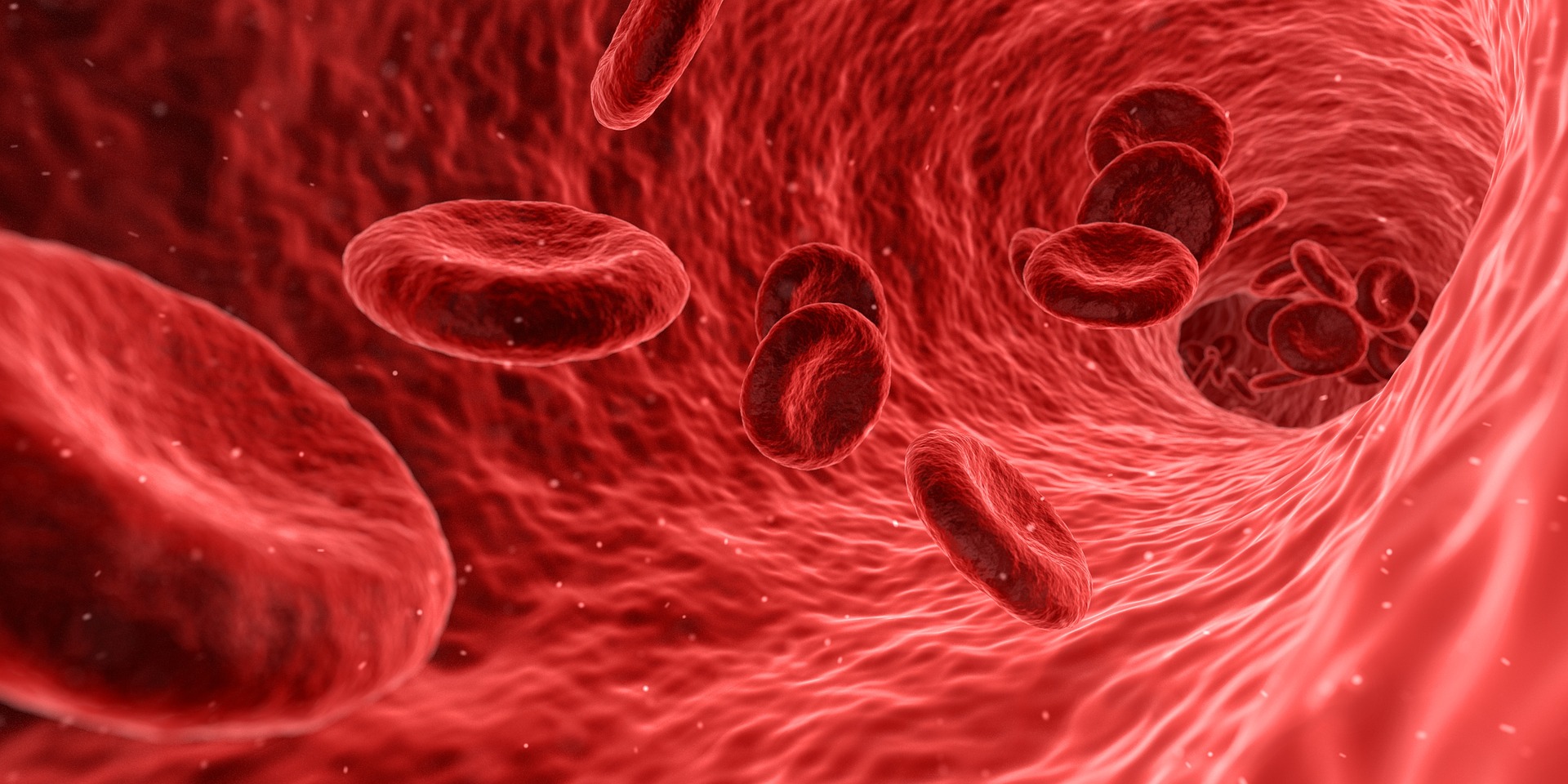
 So they elected me to come talk to you. We thought a little basic education might help us affect some changes that would allow us to do our job better.
So they elected me to come talk to you. We thought a little basic education might help us affect some changes that would allow us to do our job better.
 Just think for a moment. You come home from a long, stressful day at work, throw down 3-4 pops, inhale a big meatloaf dinner and then do three hours of Lazy-boy and Netflix – well, we know we’re in for a very long night.
Just think for a moment. You come home from a long, stressful day at work, throw down 3-4 pops, inhale a big meatloaf dinner and then do three hours of Lazy-boy and Netflix – well, we know we’re in for a very long night.


 And with this mindset, many retirees continue to step into a minefield of unexpected challenges, not the least of which is isolation. It goes hand-in-hand with loss of identity, loss of sense of purpose, declining social engagement and creeping health issues emanating from a sedentary lifestyle and historically poor diet.
And with this mindset, many retirees continue to step into a minefield of unexpected challenges, not the least of which is isolation. It goes hand-in-hand with loss of identity, loss of sense of purpose, declining social engagement and creeping health issues emanating from a sedentary lifestyle and historically poor diet.


 Do you see any mention in the patient/doctor dialog about food?
Do you see any mention in the patient/doctor dialog about food? Goodbye sirloin.
Goodbye sirloin.





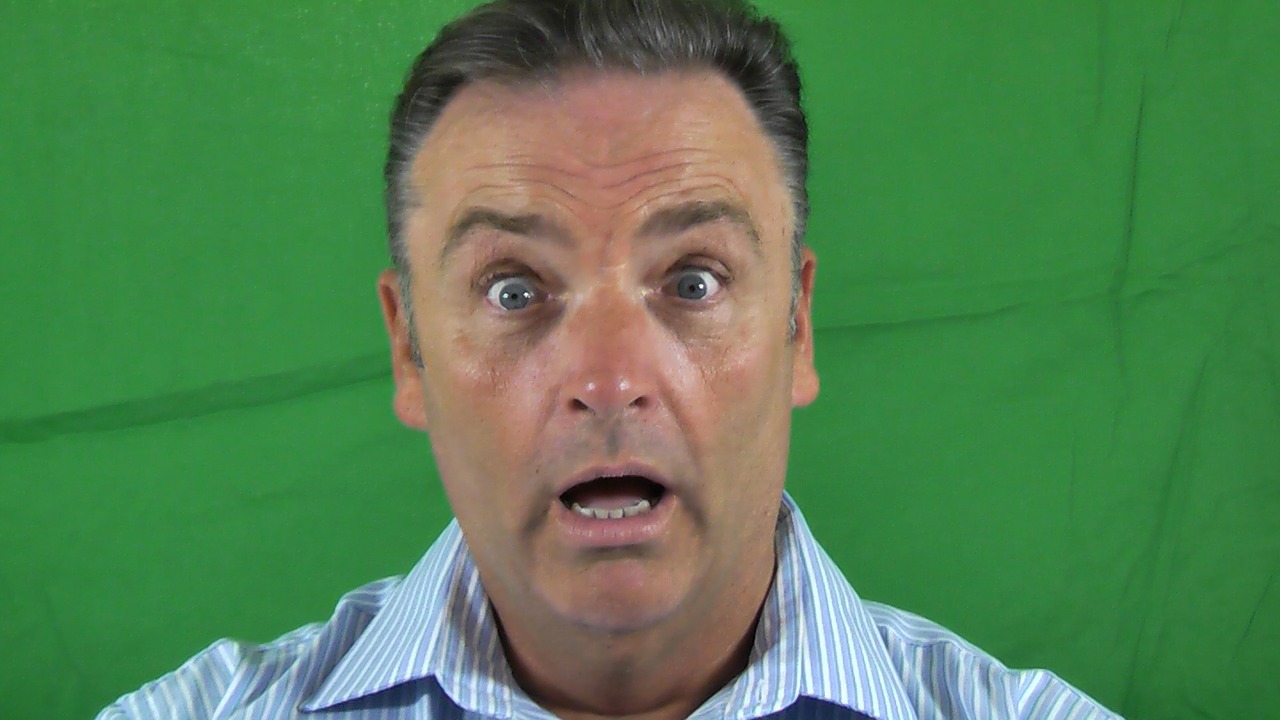


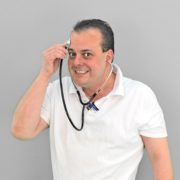
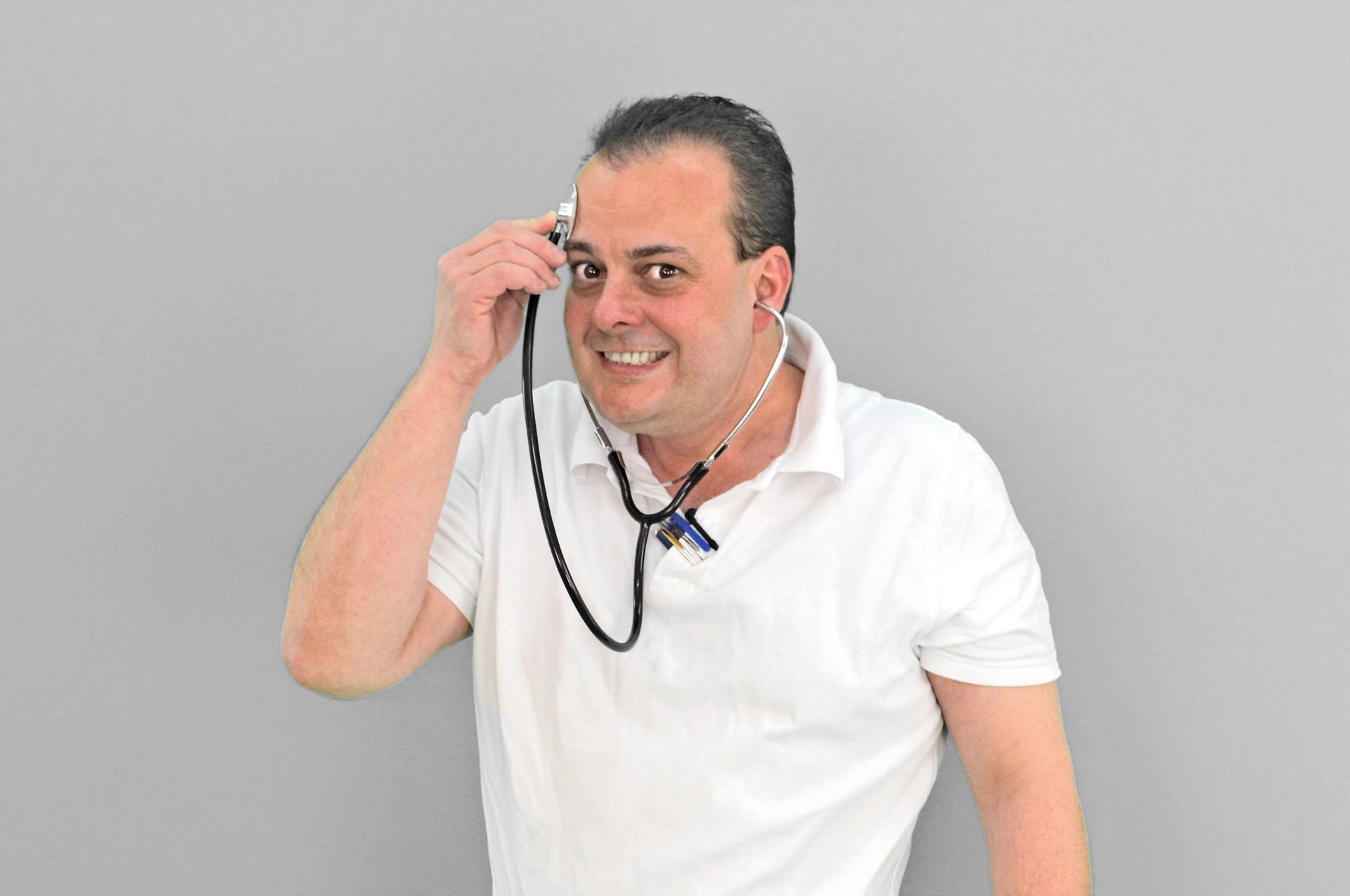
 Turns out that pounding on my 51-year- old Gibson Hummingbird every day is doing more for me than just relieving stress, which is my primary reason for reaching for it in the first place.
Turns out that pounding on my 51-year- old Gibson Hummingbird every day is doing more for me than just relieving stress, which is my primary reason for reaching for it in the first place. We can now see what lights up in our brain with certain activities. When they watched the brain of a subject listening to music, they saw fireworks. But when they observed the brain of someone playing an instrument the “backyard fireworks turned into a jubilee.”
We can now see what lights up in our brain with certain activities. When they watched the brain of a subject listening to music, they saw fireworks. But when they observed the brain of someone playing an instrument the “backyard fireworks turned into a jubilee.” But I’ve got my crossword puzzles and sudoku – –
But I’ve got my crossword puzzles and sudoku – – 







